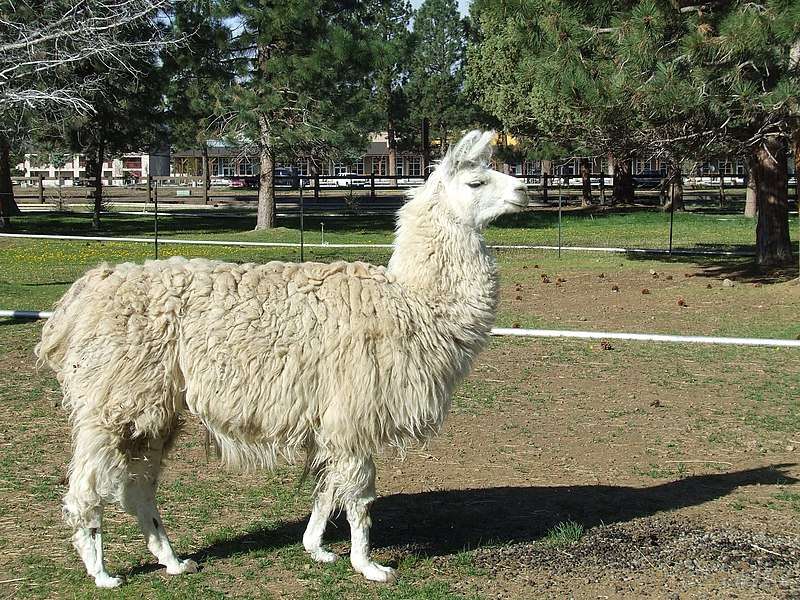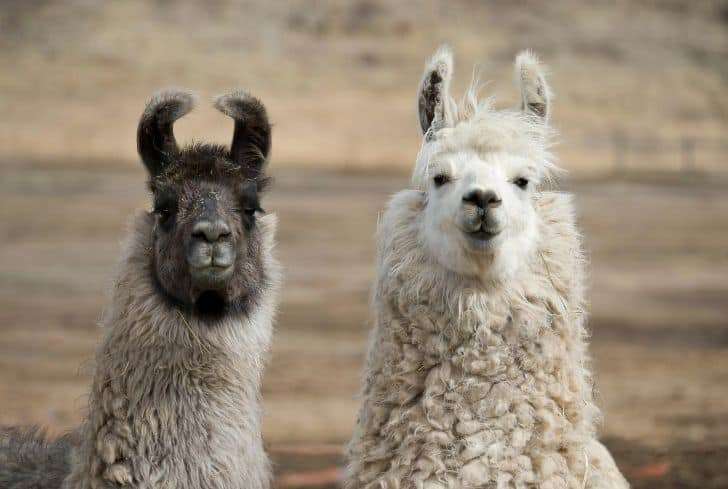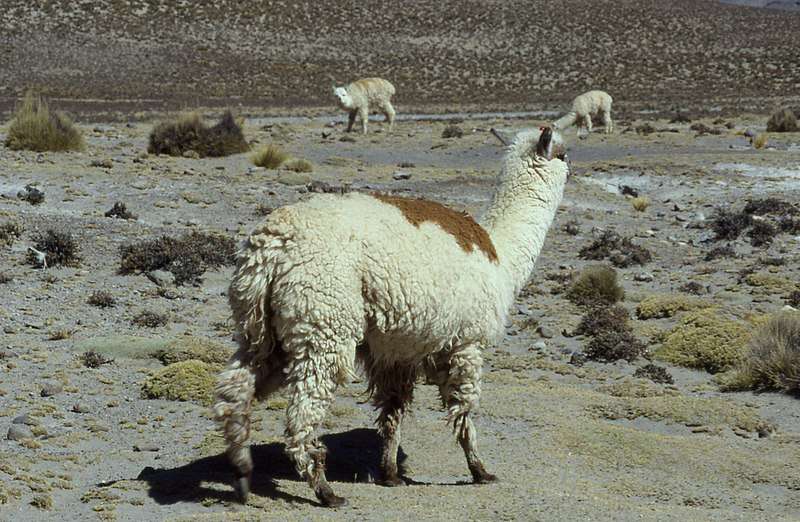
The vicuna is thought to be smaller, more docile, more graceful than the guanaco. The guanaco’s more advanced incisor roots are a crucial morphological feature that sets it apart from other species. The vicuna’s long, wooly coat is chestnut brown on the back, but it has white, rather long hair on the throat and chest. The ears are a little bit longer, and the head is a little bit shorter than a guanaco’s.
Behavior:
Vicunas behave similarly to guanacos in terms of behavior. Due to their exceptional hearing, among other things, they are extremely shy animals and are quickly startled by strangers. They routinely drink salt water and lick salt-rich calcareous stones and rocks, just like guanacos do. Vicunas are exceptionally tidy creatures that constantly leave their waste in the same location. Their primary diet consists of short grasses that gather together on the ground.
Vicunas live in family-based communities that include a male, five to fifteen females, and their offspring. Each group has a roughly 18 km2 (6.9 sq mi) region, though this might change depending on the availability of food.
The female gives birth to a single fawn after a gestation period of around 11 months, which typically takes place in March or April. The fawn is fed for an average of 10 months. At around 12 to 18 months old, the fawn starts to walk on its own. Young women look for a sorority to join, while young men create bachelor groups. This prevents inbreeding and intraspecific competition.

Benefits/Uses:
Vicunas, which are llama relatives, are currently thought to be the domesticated alpacas’ wild ancestors and are maintained primarily for their coats. Vicunas can only be shorn every three years and must be captured in the wild, therefore they only produce very little amounts of highly expensive wool.
Origin/History:
Vicunas are indigenous to South America’s central Andes. They can be found in Bolivia, Peru, northern Chile, and western Argentina. In Ecuador’s central region, a smaller, more recent population resides. Vicunas dwell between 3,200 and 4,800 m above sea level (10,500–15,700 ft). At their heyday in South America, from around the thirteenth century to the early sixteenth century, the Incas cherished vicuna wool.
Table





